Keeping costs down with sharemilking
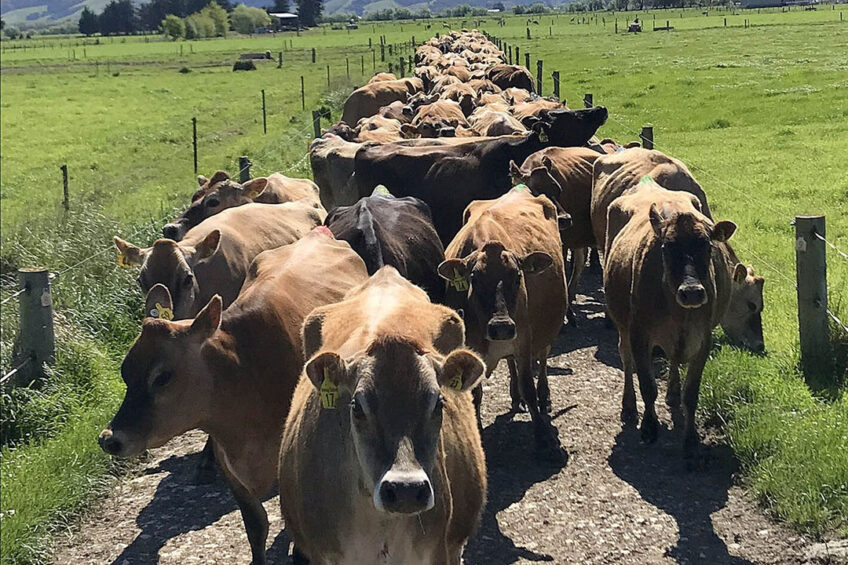
Keeping the costs down to achieve a decent profit is the main goal for a young Scottish couple currently sharemilking on a farm in New Zealand.
Lynne and Gregor Ramsay are currently in their second season of a 3-year sharemilking contract enjoying relative success with the venture.
Whilst maintaining high quality milk to meet market demands and gain the best prices available the couple constantly monitor their input costs and keep technology investments to a bare minimum.

Having emigrated down under from Biggar, Scotland in 2015, Gregor, 34, and Lynne, 30, are now milking 140 Jersey cows at a farm on the Taieri Plains, outside Dunedin in South Otago.
Life has changed a great deal for the Ramsays as they progressed from working on dairy farms, got married and celebrated the arrival of son George 5 months ago, right in the middle of the first New Zealand Covid-19 lockdown.
With aspirations to double the size of their herd in the future Gregor and Lynne are working hard to make their dream of having their own farm someday come true.
Sharemilking
“We are 50/50 sharemilking 140 Jersey cows on 40 hectares of dairy platform and 15 hectares of support land 5 km down the road,” says Lynne.
“Gregor and I moved over to New Zealand in 2015 and both worked on separate dairy farms, before Gregor got an area manager position with Fonterra in 2017 which also meant a change of region from Southland to Otago.
“During this time we also got married and became residents of New Zealand, which is an important step to be able to borrow money from the bank. Through contacts Gregor made in his job, we secured our first 50/50 sharemilking job and are now in our second season of that 3-year contract.”

As 50/50 sharemilkers the couple had to set up a company and purchase the herd plus the machinery and equipment required. They entered the first season in June 2019 and calved down the cows in August.
Gregor says: “The farm is owned by the Wilson family that has farmed this land for over 100 years and own 3 dairy farms in total as well as a number of support farms.
“In our first season we calved down 100 Jersey cows and 35 Jersey heifers keeping 31 heifer calves to rear as replacements. This year we are calving down 145 in total.
“We chose the Jersey breed due to their milk production efficiency, 420 to 430 kg of milk solids from a 420 kg cow; the value of fat and the saleable bull calf. Our bull calves sell for NZ$80 (US$54.93) per head at 4 days old to a rearer who then sells them as service bulls as 1- or 2-year-olds,” says Gregor.

Milking and feeding
The Ramsays milk twice a day in a 14 per side Read Industries herringbone parlour from August to the end of April, then drop to every 16 hours and finally to once a day for the last week in May before drying the herd off for 2 months.
Last season the herd averaged 420 kg of milk solids per cow with average butterfat 5.2% and protein 4.13%.
Lynne adds: “We supplied 54,328 kg of milk solids last year and hope to reach 60,000 kg this year. That came from 568,507 litres of milk, around 4,370 litres per cow.
“Cows are kept outside all year round in one mob. For the last 2 years we wintered them on grass and balage and in the milking season they have a diet of grass, silage, grain and brewers draught fed out in the paddock. Our stocking rate is 3.5 cows per hectare.
The Ramsays use a Giltrap silage wagon to feed a ration in the paddock. Cows are mainly fed a grass based diet with quality pasture in the paddock and 2kg/head of grain (mixed with minerals), 5-7kg DM brewers’ grains and silage added each day.

AI and milk price
“AI is used for 8 weeks then bulls for a following 4. We use a CIDR programme on the group of cows that calved before September 15 but then didn’t have a recorded heat before the planned start of mating. This seemed to work really well.
“We also used a CIDR programme with the heifers and have them start calving around 10 days before the main herd. Last season we achieved a 6-week in-calf rate of 78% and an empty rate of 6%,” she says.
Lynne is currently on maternity leave from her job as a meat inspector, and with Gregor are the only staff on the farm aside from a relief milker. Milk prices are set ahead of the season and farmers get paid in advance for their production.
Lynne states, “We sell our milk to Fonterra and the milk price for season 2020/21 is set in the range of NZ$5.90 (US$4.05) to NZ$6.90 (US$4.73) per kgMS. Farmers get paid an advance on this throughout the season and that advance rate is based on the mid-point of this range at NZ$6.40 (US$4.39) per kgMS.
“The milk from the 2019/20 season is still being paid for as the payments are spread over 16 months to reach the actual milk price achieved by Fonterra. It is looking like a milk price of NZ$7.15 (US$4.90)per kgMS which equates roughly to UK price of 34 pence per litre.
“Although we fixed 25,000 kgMS at NZ$7.38 (US$5.06) we will find out our final milk price in October when it’s settled as we would tend to be above the average Fonterra price with our high quality Jersey cows’ milk composition.”

Keeping costs down
As sharemilkers the Ramsays try to keep the costs down and not invest in the latest technology which even means no ACRs in the parlour.
Lynne adds: “The idea is to keep costs below NZ$2/kgMS (US$1.37) for a 50/50 sharemilker, and try to reach NZ$400 (US$274.69) profit per cow and pay back our mortgage on the cows so we can ask the bank for more when the time comes.
“In the future we would like to get to a 300 cow 50/50 sharemilking job or perhaps even another small dairy farm to keep us both entertained. At this current scale it still requires one of us to work off-farm. However, a 250 to 300 cow job could allow us both to work full time together on the farm,” she adds.
Join 13,000+ subscribers
Subscribe to our newsletter to stay updated about all the need-to-know content in the dairy sector, two times a week.
 Beheer
Beheer

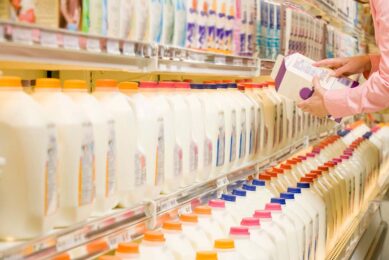
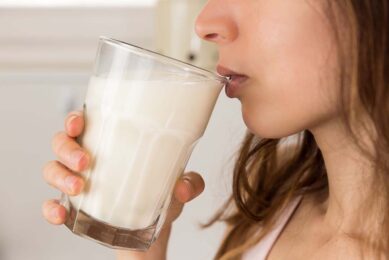
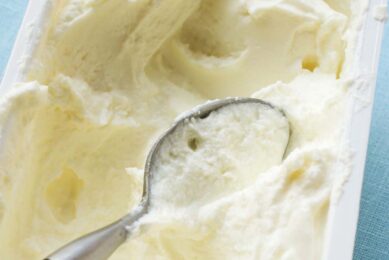
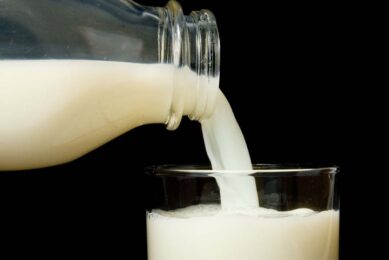
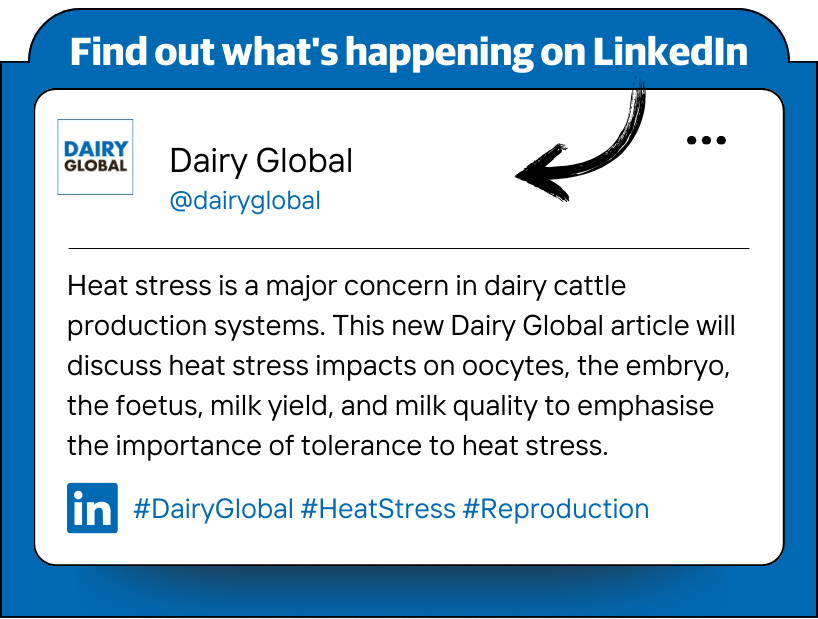



 WP Admin
WP Admin  Bewerk bericht
Bewerk bericht